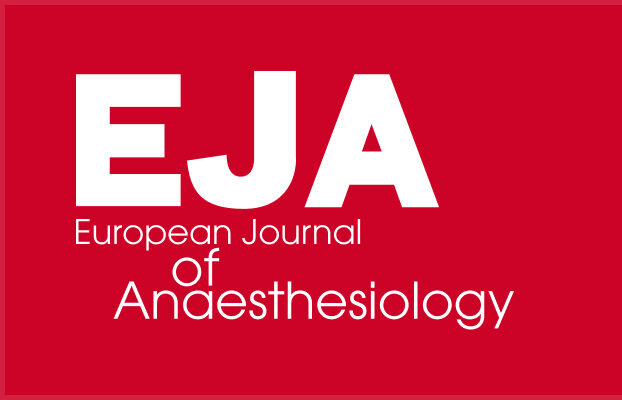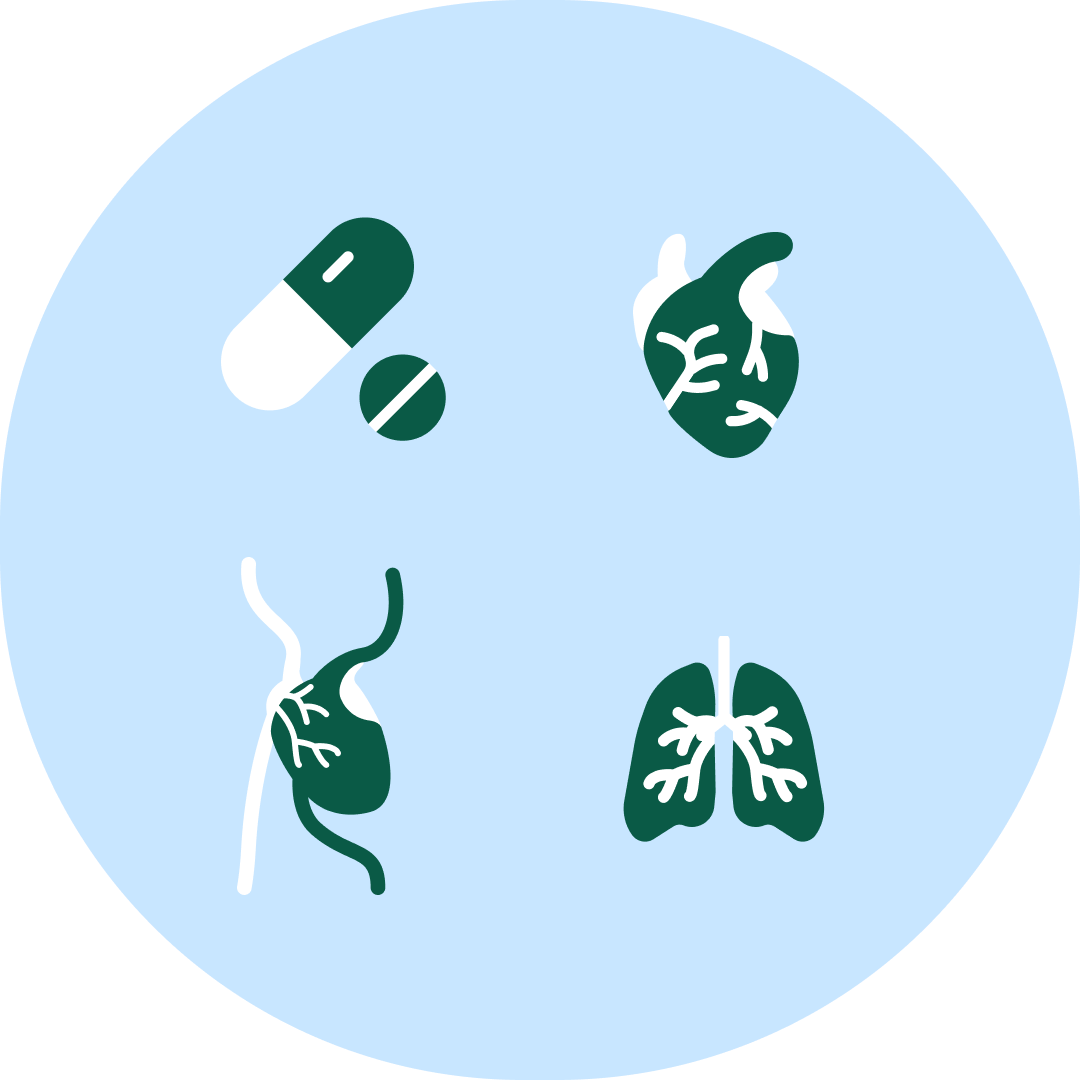Congress Newsletter 2024
Applications of artificial intelligence in anaesthesiology – clinical assistants or early warning systems?
Over the past decades, artificial intelligence (AI) has progressively infiltrated the field of medicine, enabling physicians to increase the accuracy of screening and optimise therapies for various medical conditions. During the Euroanaesthesia 2024 congress, attendees will have the opportunity to learn more about the ways in which AI-driven technologies may assist anaesthesiologists and critical care doctors in their practice, as well as the various challenges to their implementation and widespread use across Europe.
The strength of artificial intelligence systems lies in pattern recognition, which has made them valuable tools for detecting pathological changes on images obtained by technologies such as computed tomography or magnetic resonance imaging. Researchers have explored the potential benefits of AI-based applications in anaesthesiology, including their use for perioperative risk assessment, automatic drug administration, monitoring and regulation of anaesthesia, and training applications. However, in most countries, the wide gap between clinical practice and the world of research persists.
“There are now hundreds of applications in pattern recognition in medicine, mostly in radiology and ophthalmology, that are already introduced in clinical practice,” Prof. Michel Struys, MD, PhD, FRCA, Chair of the ESAIC Scientific Committee, said in an interview. “Pattern recognition can also be used in the field of anaesthesiology, but to a lesser extent. In anaesthesiology and intensive care, [the clinical need is] about prediction, for example, predicting a change in haemodynamics or predicting the worst outcome, and that is much more difficult.” In the intensive care unit or the surgical environment, where small changes such as a shift in a patient’s position can trigger haemodynamic changes within minutes, AI-based prediction may miss the target.
Nevertheless, applications that rely on pattern recognition may have a role to play in clinical anaesthesiology. Struys and colleagues at the University of Groningen in the Netherlands developed a deep-learning algorithm to predict hypnotic levels from sleep brain rhythms detected by electroencephalography (EEG)1. “AI works very well if you don’t know what you have to look for,” Struys noted. “We used it to detect sleep patterns from EEG. Others used it to look for haemodynamic changes. AI might also be useful to look for subtle changes in continuous monitoring waves, like EEG or arterial blood pressure waves.”
Taking automation to the next level, which involves systems that are capable of learning, implies a level of trust in technology that not all clinicians who care for critically ill patients are prepared to profess. AI-based technologies may be helpful as early warning systems meant to complement clinical judgment and experience rather than replace them. “If you have the basic knowledge, advisory systems based on AI technology can assist you because the AI system might recognise changes, for example, on monitor screens, faster than [the clinicians can],” Struys said. “But you have to judge if you believe it or not. You have to trust the technology.”
In a recently published study2, Struys and collaborators explored the benefit of adding an advisory tool to routine clinical care, which consisted of target-controlled infusions of propofol. The advisory system, based on an early form of AI known as Bayesian optimisation, was designed to learn from the patients’ data and advise anaesthesiologists on increasing or lowering propofol concentrations. “While we saw some subtle advantages, the problem was that not all our anaesthesiologists wanted to accept the advice of the system,” Struys explained. “The human factor in the loop is sometimes the restriction.” Comparing conventional clinical care to closed loop systems, which exclude the human factor, may be the most effective way to determine whether the AI-based systems can complement clinical judgment. “The advantage of the early systems is that, with Bayesian optimisation, we can explain how the system works,” Struys added. “With advanced forms of machine learning, and certainly with deep learning, which are modern AI technologies, you cannot explain what is happening.”
The “black-box phenomenon” defining machine learning has been a main source of skepticism toward AI-based technologies, which has generated debates about the strict regulation of AI applications in medicine. In the European Union (EU), the recently adopted EU AI Act mandates that all AI technologies pass the test of “explainable AI.” While the AI Act leaves room for adaptation to technological change, AI applications should remain trustworthy after entering the market. The legislation was enacted in response to concerns surrounding the technical limitations, safety considerations, and clinical utility of AI applications.
However, presentations at this year’s Euroanaesthesia congress show that anaesthesiologists, critical care doctors, and emergency medicine technicians understand the potential of AI-based technologies. A survey conducted at the University Medical Center Göttingen in Germany showed a demand for increased digitisation and a willingness to include digital technologies and AI applications in pre-hospital emergency medicine. The results of the study will be presented in a poster session on Sunday, May 26. Several other sessions feature the use of AI applications in regional anaesthesia, pharmacology, predictive monitoring, and monitoring of patients in the postoperative period.
References:
- Belur Nagaraj S, Ramaswamy SM, Weerink MAS, Struys MMRF. Predicting Deep Hypnotic State From Sleep Brain Rhythms Using Deep Learning: A Data-Repurposing Approach. Anesth Analg 2020;130(5):1211-1221.
- Vellinga R, Introna M, van Amsterdam K, et al. Implementation of a Bayesian based advisory tool for target-controlled infusion of propofol using qCON as control variable. J Clin Monit Comput 2024;38(2):519-529.
Author
- Prof. Michel Struys, ESAIC Scientific Committee Chairperson










